
Special abilities show how smart dogs really are
Learning hand gestures, responding to commands and even how they look at us set dogs apart from other animals
Dogs have long been man's best friend, living as our domesticated companions for as long as 32,000 years.
Today, they are one of the most popular pets in the US, found in over 54 million American homes, or about 44 per cent of all US households.
And every one of us thinks that our dog is uniquely special and smart. But how much do we actually know about our furry buddies and what's going on inside their heads?
To find out more about our four-legged friends, we spoke to Dr. Brian Hare, professor of cognitive neuroscience at Duke University, author of the book "The Genius of Dogs," and host of the new DogSmarts podcast.
"What really has happened in the last 10 years is that we've learned more about how dogs think than in the previous 100 years," Hare says. "There have been a lot of big discoveries … Dogs are very distinctly different from us genetically, but psychologically, they are more like us than some of our more closely related, more genetically related primate relatives."
Here are a few of the recent discoveries that Hare and other scientists have made about dogs:
1. Dogs empathise with us.
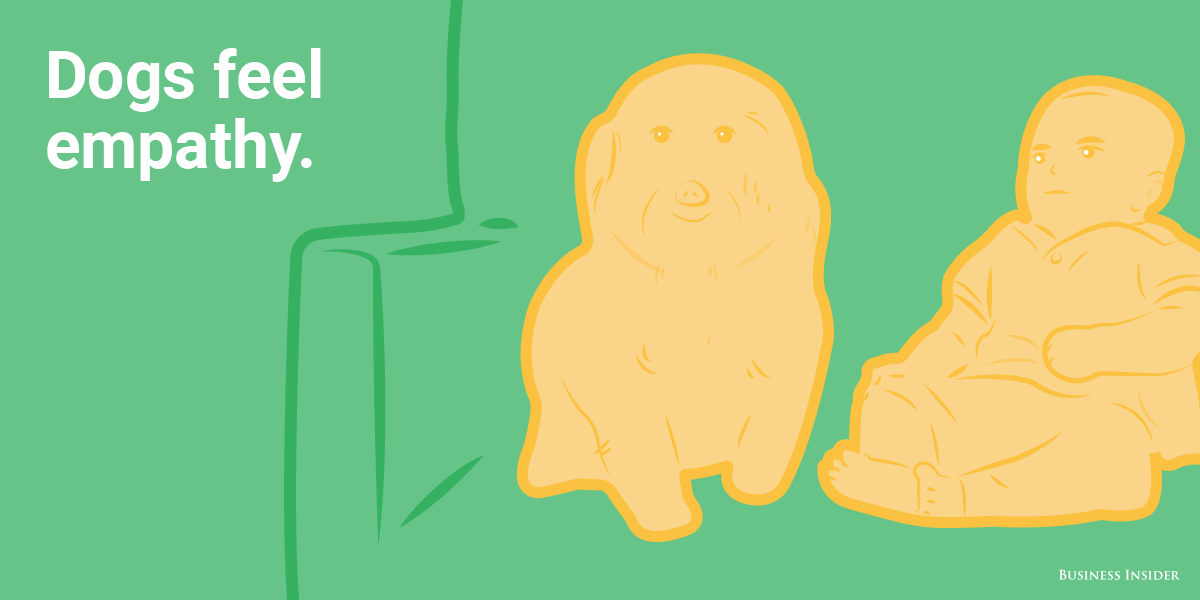
When you look at your dog and yawn, chances are your dog might yawn, too, because dogs can "catch" your yawn, according to a 2008 study published in Biology Letters. This is called "emotional contagion," and it's a basic form of empathy.
Previous research has shown that primates could "catch" yawning, but this was the first study to show that human yawns are possibly contagious to domestic dogs as well.
Dogs are believed to empathise with us in other ways as well. Research suggests that they are sensitive to their guardians' emotions and that their behavior is influenced by the expression of these emotions. A study from the University of Helsinki found that dogs can sense when their owners are angry and have even evolved to respond accordingly. Another study found that dogs respond in a similar way, physiologically and behaviorally, to humans when they hear a human baby crying — another example of emotional contagion.
2. Dogs want eye contact with us.

Dogs are the only nonprimate animal to look people in the eyes without misinterpreting what it means, Mic reports.
Wolves, meanwhile, interpret eye contact as a sign of hostility, according to Science Magazine.
3. With eye contact, they grow attached to us.
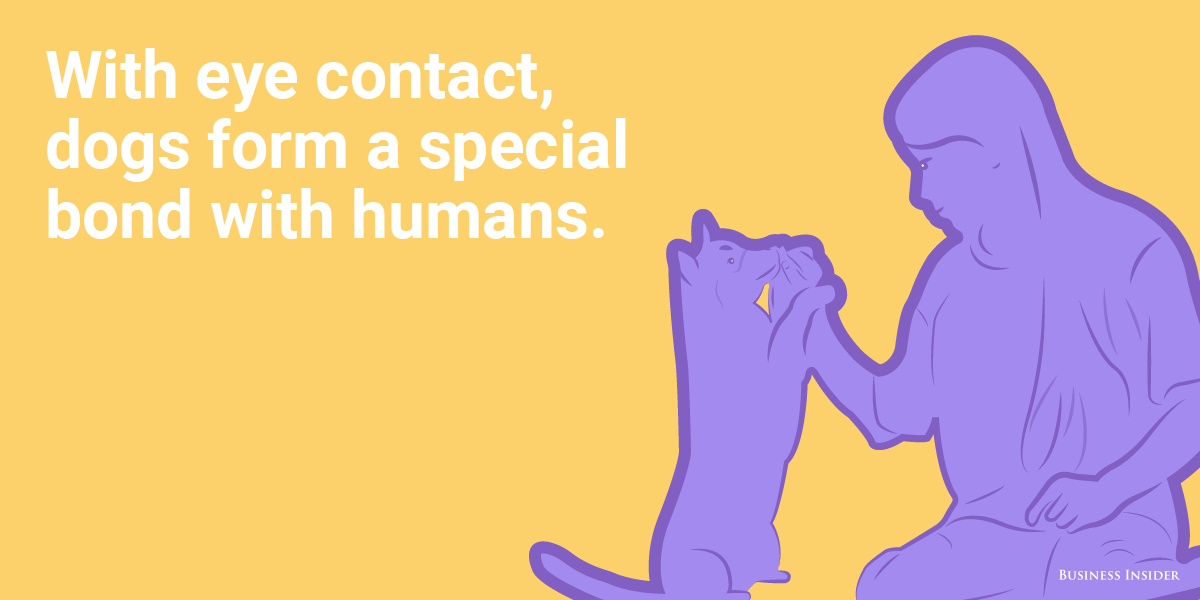
Eye contact has an important effect on both human and dog brains.
"Just by making eye contact with dogs," said Hare, "we have an increase in oxytocin." Oxytocin, sometimes referred to as the "love hormone," plays an important role in attachment-forming, bonding, and trust.
Usually, this kind of response — an increase in the hormone to facilitate bonding — occurs only between parents and their children, or maybe romantic partners, Hare said. This "is the first time that it has been shown that different species, dog and human, can interact and affect the oxytocin loop."
4. Dogs love us.
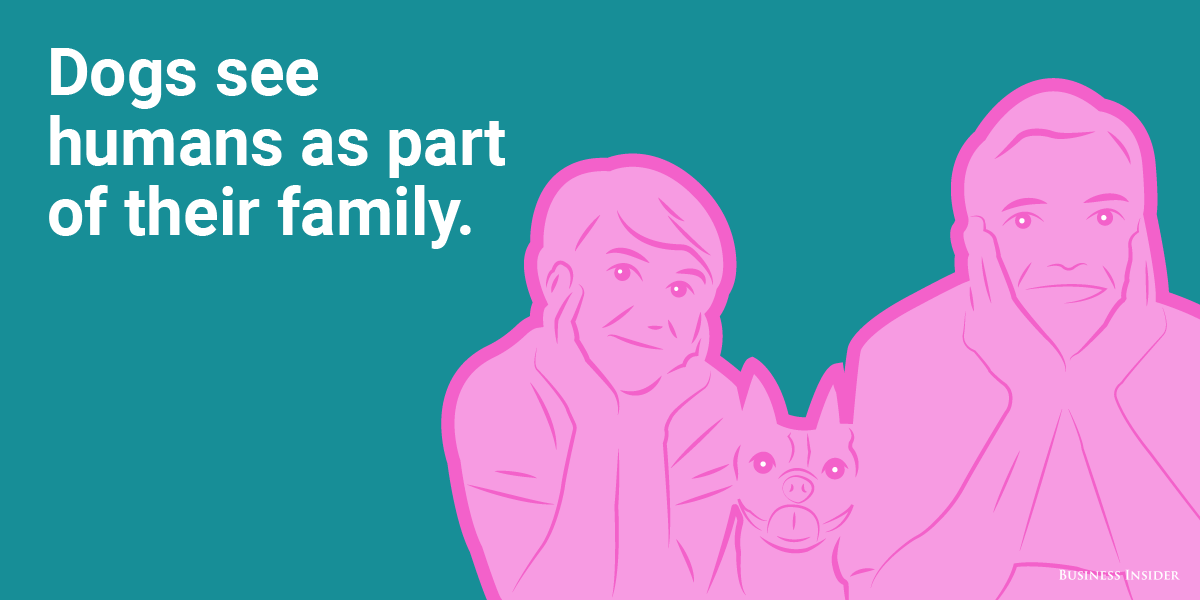
Recent studies of dogs’ brains suggest that not only do they love us, but they also see us as their family, Mic reports. A 2015 neuroimaging study about odor processing in a dog’s brain found that when dogs smelled their owners, the "reward center" of their brains (called the caudate nucleus) lit up. The study also found that the dogs prioritised the smell of humans over all other smells.
5. And unlike cats, they act as though they were our children.

Behavioral research has shown that dogs are the only domesticated animals that interact with their humans in the same way that babies interact with their parents. Unlike cats or horses, dogs that are scared or worried will run to their humans for help and comfort, in much the same way a toddler runs to their parents, Mic reports; cats and horses simply run and hide.
6. Dogs understand subtle gestures and social cues.
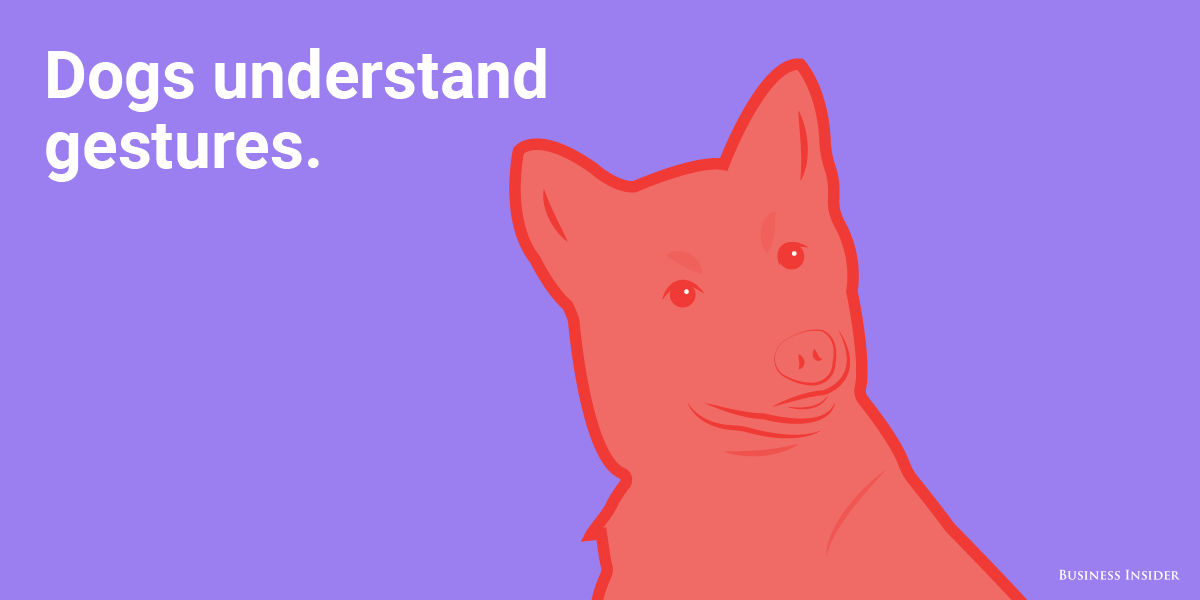
When it comes to understanding gestures, dogs and young children start around the same level: If someone points to an object, both will be able to interpret the hand movement and find the object. Dogs are able to divine the meaning behind the gestures, and this is something that even chimps failed to do, according to a 2012 study in PLOS ONE.
Dogs also appear to be able to read subtler gestures such as social cues like using the direction of human gaze to find hidden food and objects — a task that apes also struggle with, The Scientist reports.
7. Dog brains respond to emotional sounds and voices.
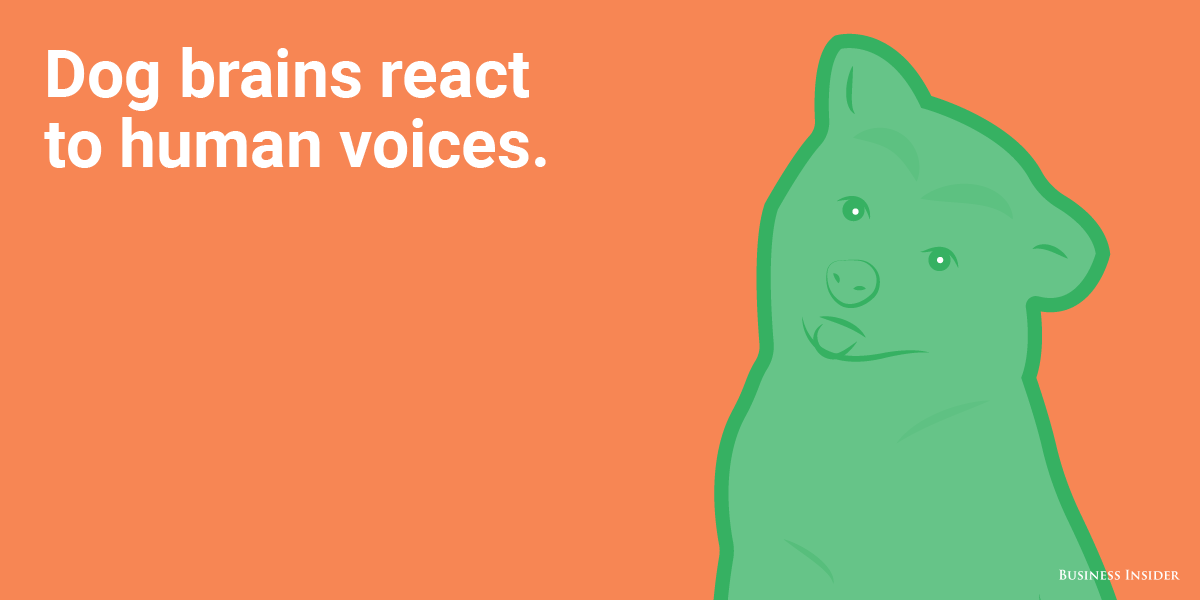
A 2014 study in the journal Current Biology took MRI scans of dogs' brains while they listened to a variety of different dog and human sounds.
The images showed that dog brains have voice areas in the brain, and that they process voices in the same way that human brains do, with a similar part of the brain lighting up at the sound of human voices.
They also found that dog brains responded when they heard emotional sounds, such as crying or laughter. These findings might help explain why vocal communication is so successful between humans and dogs.
8. Some dogs learn language skills the same way as children do.

Dogs, like dolphins, apes, and parrots, can learn a series of vocal commands — or words. One dog, a border collie named Rico, knew more than 200 words, mostly the names of toys.
What made Rico so special, though, wasn’t the dog’s ability to know so many words, said Hare — it was how he had learned them. Rico was using a process called “fast-mapping,” or inference, which is the same way children learn language skills.
Growing up, children learn words very quickly because if they hear a new word, they can infer its meaning by putting it together with a new object. Rico did the same thing: When scientists asked him to fetch a toy he didn’t know the name of, he looked at all the toys in the room, and all of them — except one — were familiar to him. Therefore, the new word must correspond to the new toy, so that is the one he picked.
"There is no other species on the planet that has come close to doing that," said Hare.
Other dogs, including another border collie named Chaser who learned 1,000 words, have also been able to use this same fast-mapping method.
9. And some dogs, like guide dogs, have the ability to generalise.
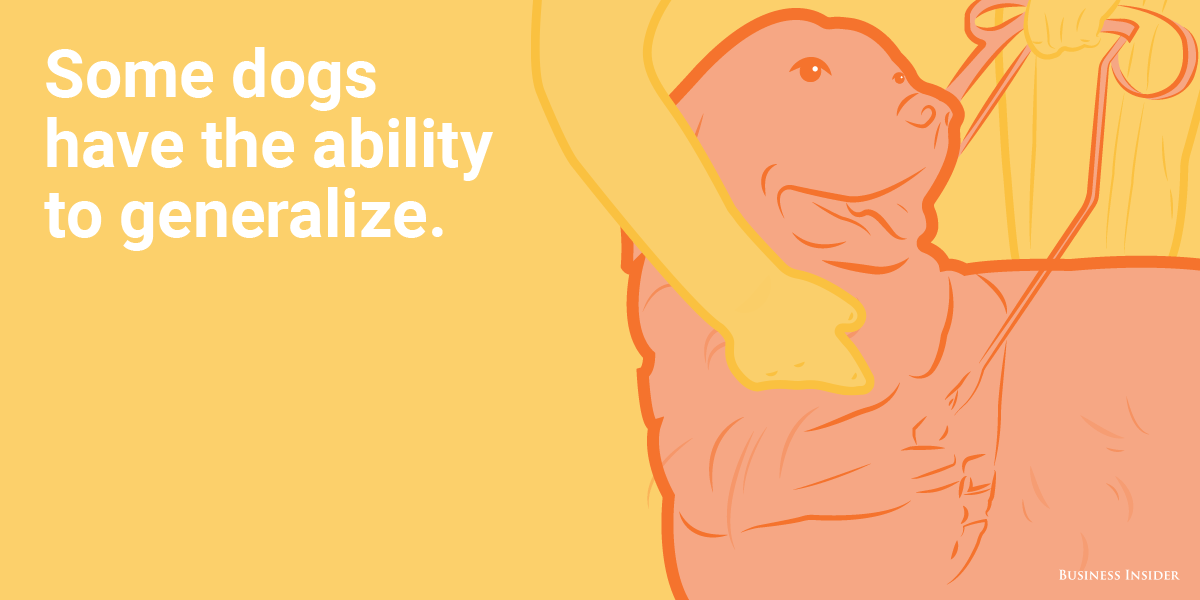
Today, more dogs have jobs helping humans than ever before, and one of those jobs — being a guide dog — relies on a dog being able to do one important thing: generalise. In other words, guide dogs have to be able to take what they learn in one specific situation and apply it to all similar situations. This is why they are picked and the focus of their training.
For example, guide dogs know how to apply their training about when and how to cross a street to every street they will ever cross — even if it is a crosswalk they have never been to.
While not all dogs are the same (and not all have all these abilities), it is still clear that we are getting smarter about how smart our canine friends really are.

